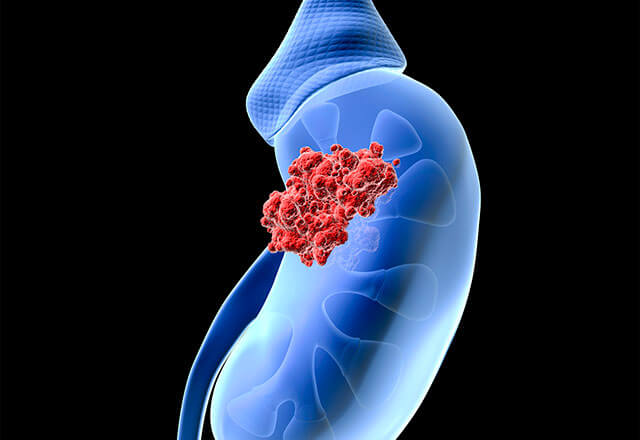- You are here:
- Home »
- Blog »
- Healthy Living Products »
- Renal Cell Carcinoma-Chemotherapy Enhanced By Resveratrol for Kidney Cancer Double-Whammy
Renal Cell Carcinoma-Chemotherapy Enhanced By Resveratrol for Kidney Cancer Double-Whammy
“Resveratrol potentiated sorafenib induced inhibitory effect on constitutive STAT3 and STAT5 phosphorylation, apoptotic effects in 786-O cells, and this correlated with down-regulation of various oncogenic gene products.”
Sorafenib is an angiogenesis inhibitor that is an FDA approved chemotherapy shown to kill renal cell carcinoma aka kidney cancer. Resveratrol, according to the same wikipedia entry, is also an angiogenesis inhibitor.
According to the study linked and excerpted below, Resveratrol “potentiates sorafenib-induced apoptosis in renal cell carcinoma.” (I’m not an oncologist but I’m pretty sure that means that resveritrol strengthens sorafenib in kidney cancer).
The bottom line for kidney cancer patients and survivors is that when combined sorafenib and resveritrol are a kidney cancer double-whammy.
I am both a cancer survivor and cancer coach. Years of living with an “incurable cancer” coupled with research have taught me that complicated, aggressive cancers like kidney cancer require the best of both conventional and non-conventional therapies. Sorafenib is conventional kidney cancer therapy and resveritrol is evidence-based non-conventional kidney cancer therapy. Together they are a powerful weapon for kidney cancer patients.
Resveratrol has also been shown to kill my cancer multiple myeloma. I have been supplementing with Life Extension Optimized Resveratrol for years.
Have you been diagnosed with renal cell carcinoma? What stage? Please scroll down the page, post a question or comment and I will reply to you ASAP.
Thank you,
David Emerson
- Cancer Survivor
- Cancer Coach
- Director PeopleBeatingCancer
Recommended Reading:
- Ken Youner, kidney cancer survivor
- Kidney Cancer Complementary Therapy-Vitamin D
- Stage IV Renal Cell Cancer- IV Alpha Lipoid Acid, Low-Dose Naltrexone
Angiogenesis inhibitor
“An angiogenesis inhibitor is a substance that inhibits the growth of new blood vessels (angiogenesis). Some angiogenesis inhibitors are endogenous and a normal part of the body’s control and others are obtained exogenously through pharmaceutical drugs or diet…”
Resveratrol attenuates constitutive STAT3 and STAT5 activation through induction of PTPε and SHP-2 tyrosine phosphatases and potentiates sorafenib-induced apoptosis in renal cell carcinoma
“We investigated the effect of resveratrol (RES), an edible polyphenol phytoalexin on STAT3 and STAT5 activation cascade in both Caki-1 and 786-O RCC cell lines…
We also found that RES downregulated the expression of STAT3/5-regulated antiapoptotic, proliferative, and metastatic gene products; and this correlated with induction of caspase-3 activation and anti-invasive activity. Beside, RES potentiated sorafenib induced inhibitory effect on constitutive STAT3 and STAT5 phosphorylation, apoptotic effects in 786-O cells, and this correlated with down-regulation of various oncogenic gene products…”


